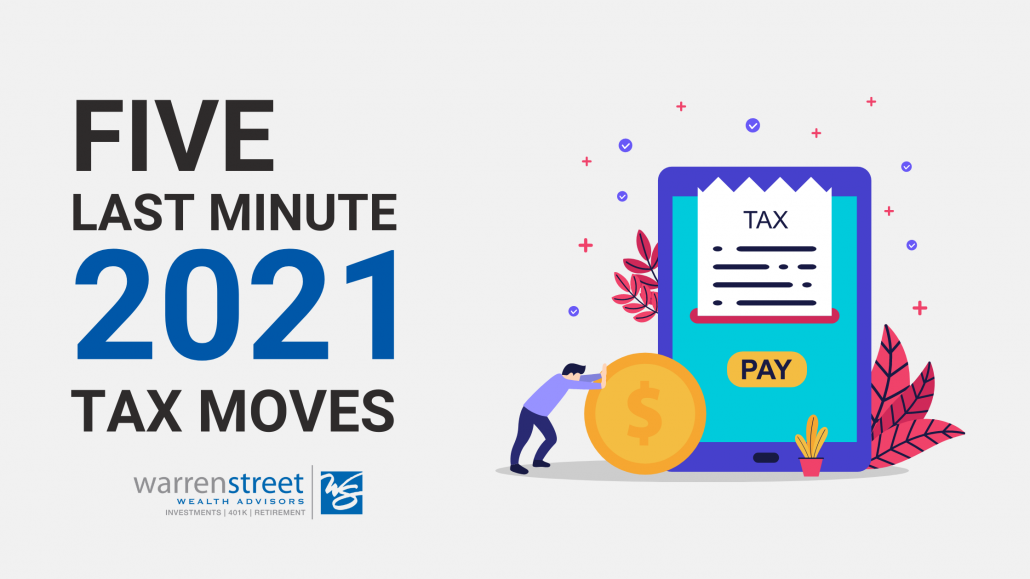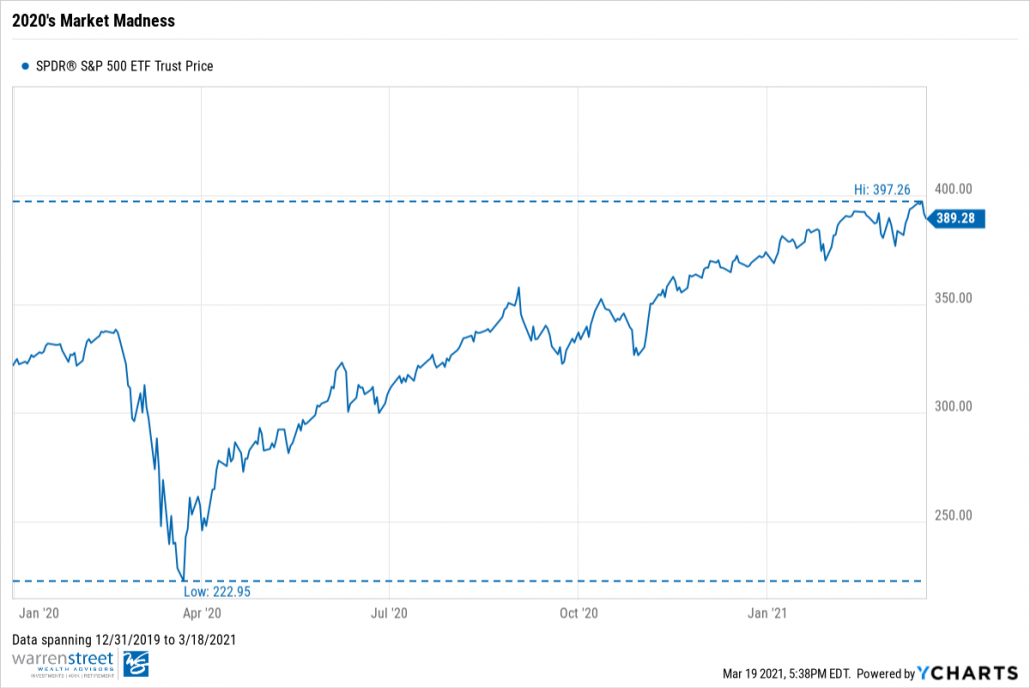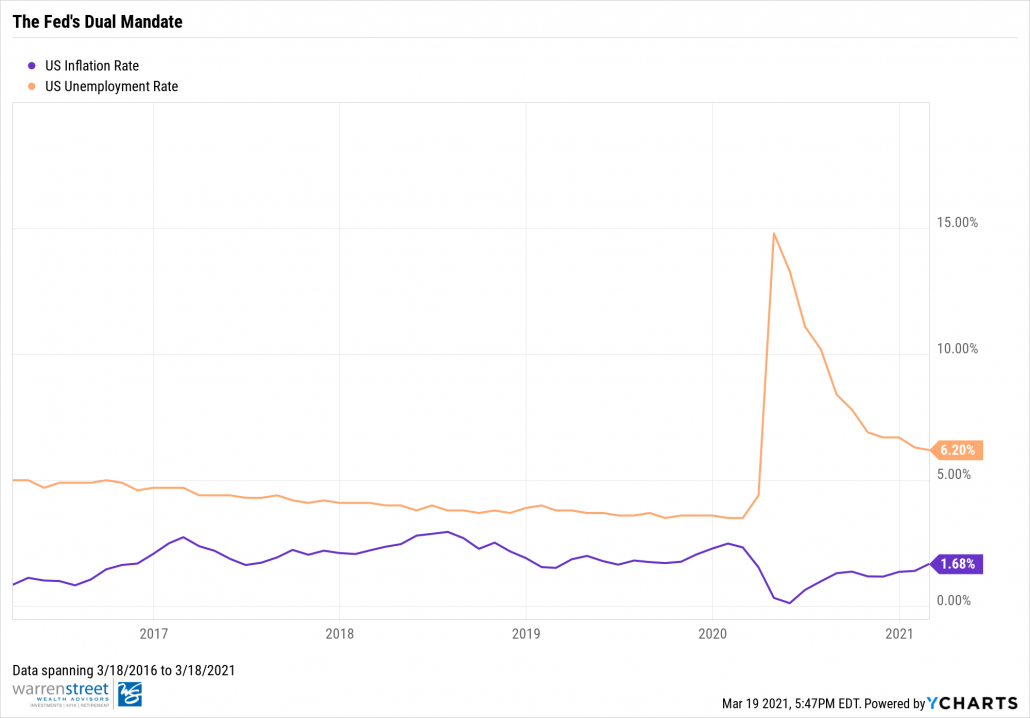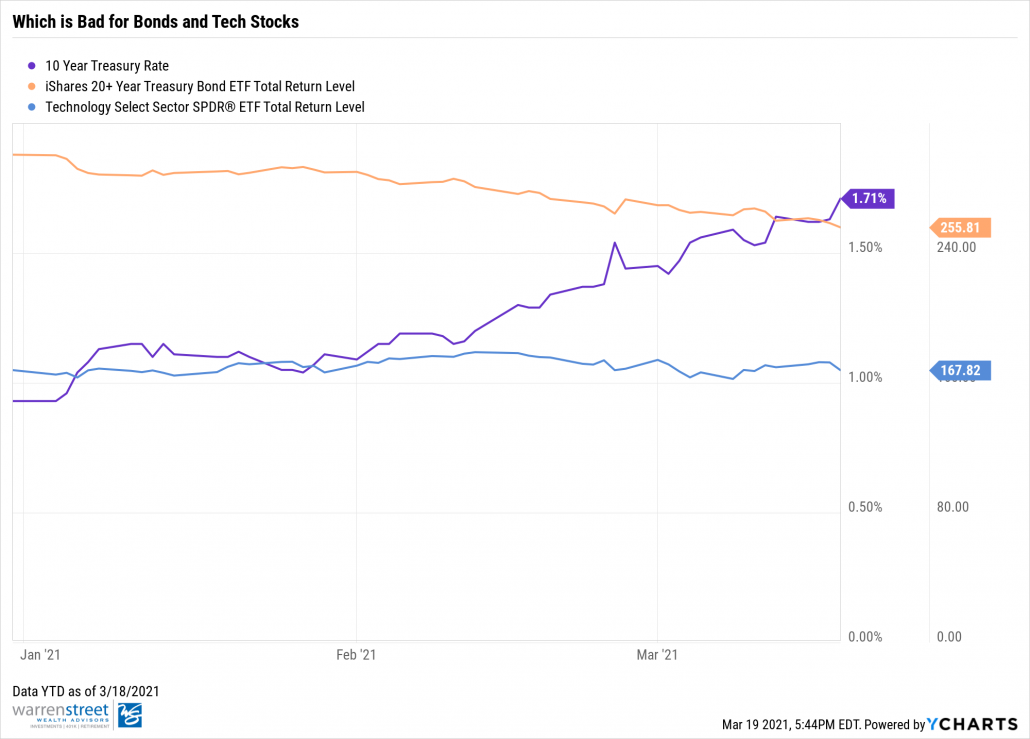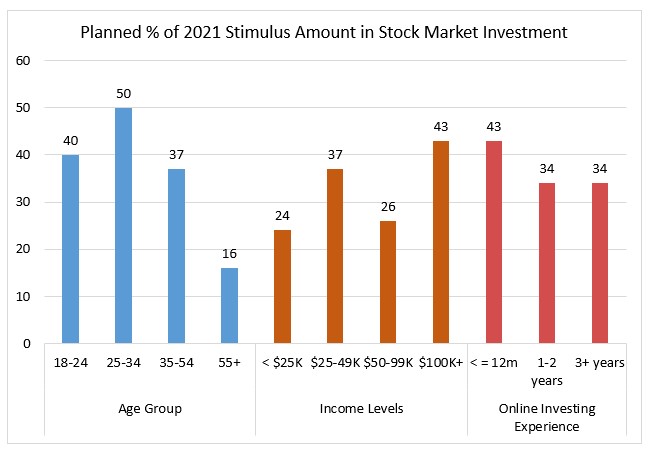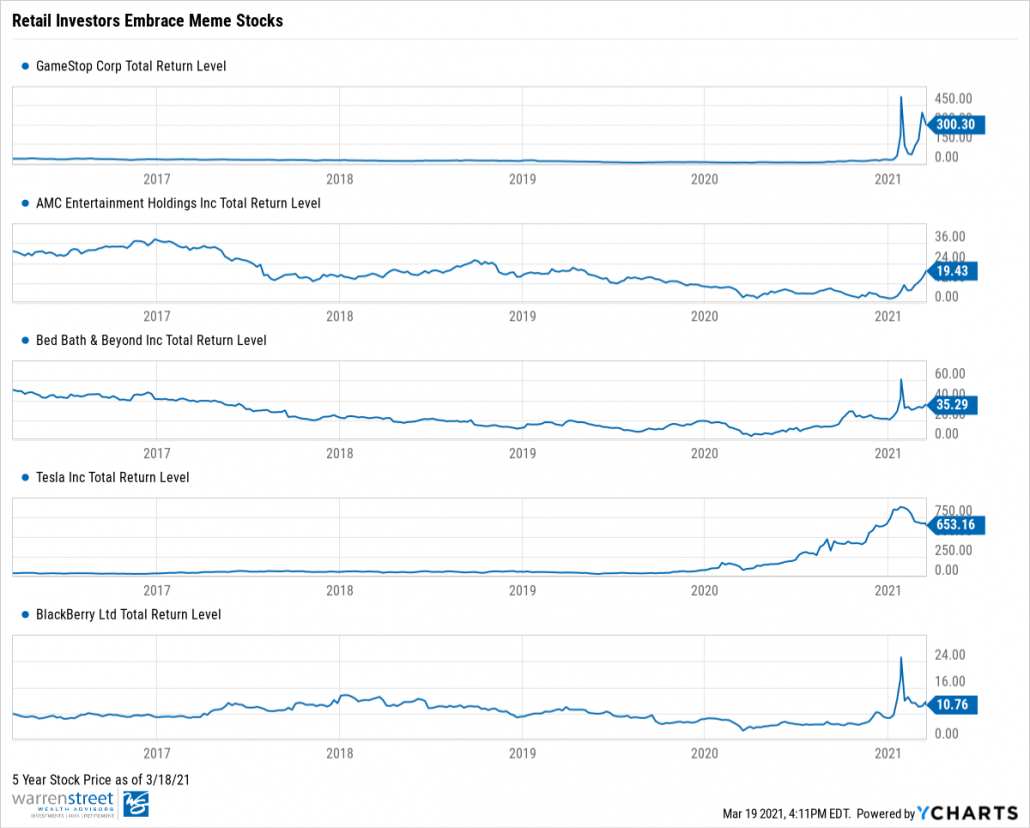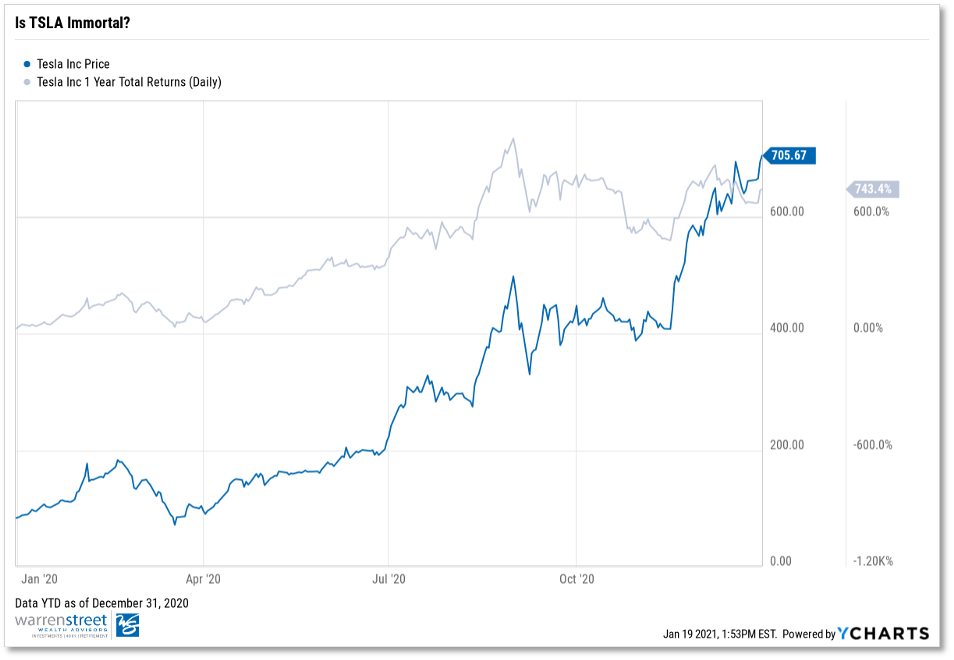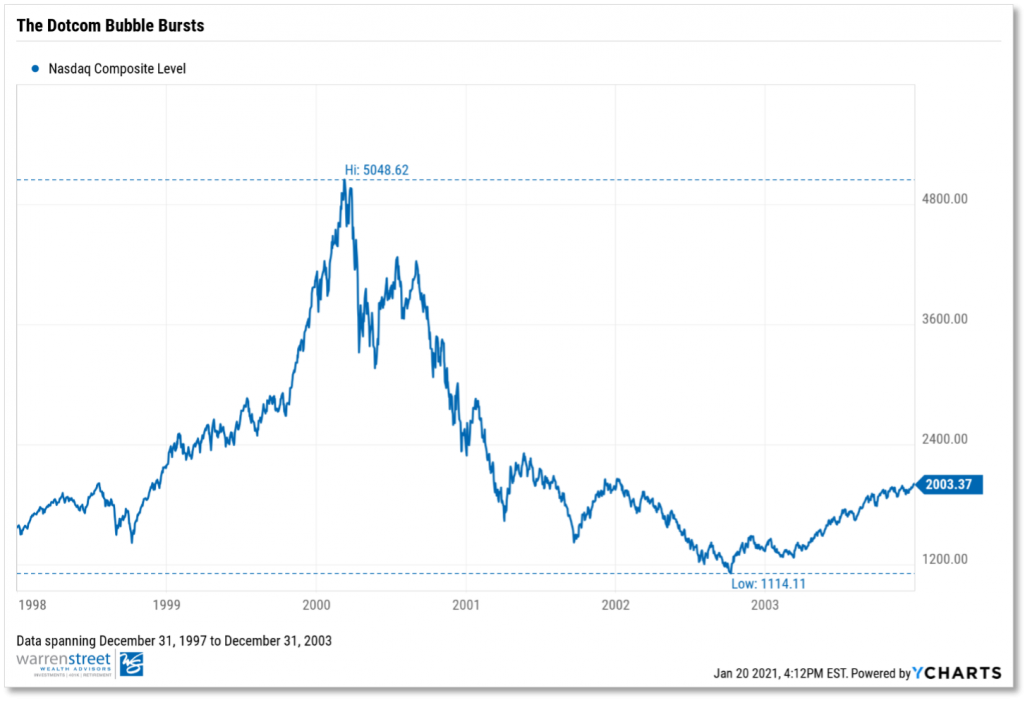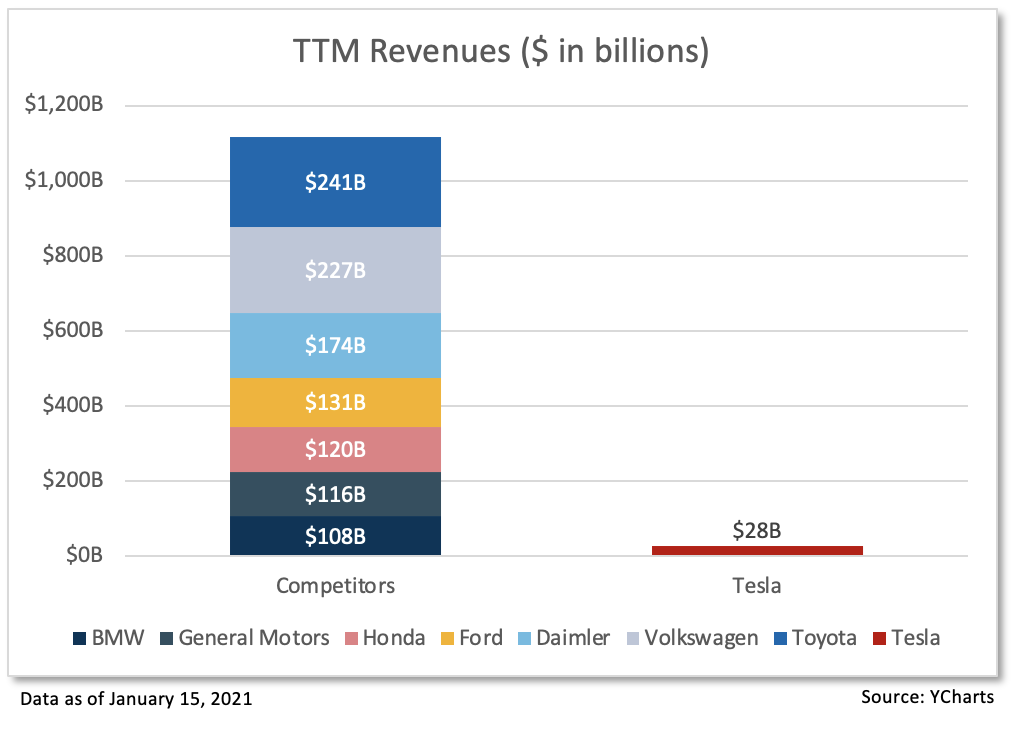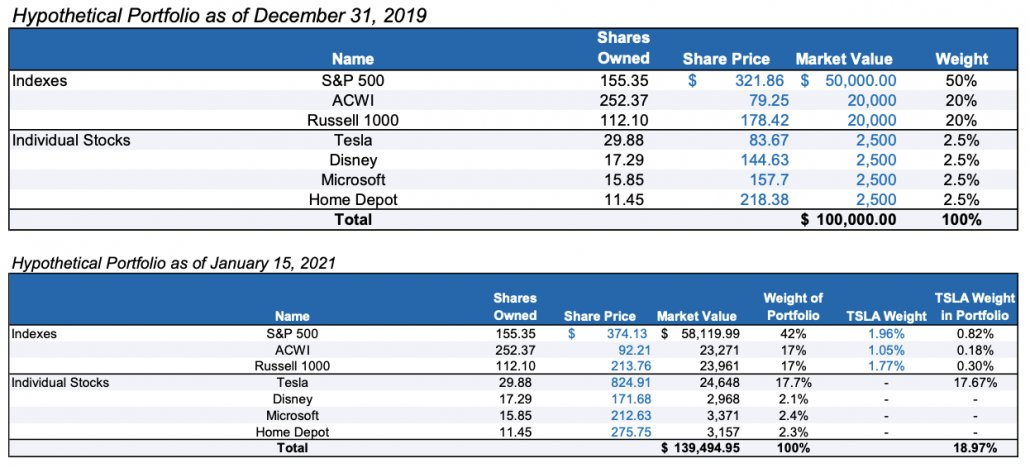Three Financial Priorities for Young Adults
(or anyone just starting out)
Young adults, or anyone new to managing their own finances, often feel stuck when they think about money. In an age of unlimited access to information, advice, and opinions, deciding what to prioritize can feel paralyzing. At some point, all of us have asked the question “Where do I start?”
To help answer that question, we have identified three priorities for young adults to build a solid financial foundation. Individual circumstances will almost certainly require adaptation, so these three points are intentionally general and flexible so that you can apply them to your situation.
1. Identify Your Goals
Good financial planning requires goals or targets. There is no singular definition of financial success; your needs, wants, and wishes determine what a successful path looks like.
Like all goals, financial goals should be realistic, flexible, and measurable. Goals may include paying off debt, retiring by a specific age, starting a business, buying a home, supporting loved ones, or any other specific expenses that are important to you.
Attach a dollar amount to your goals. If you are not sure how much you might need for a certain goal, there are often simple online tools that can help, such as retirement calculators (like these from SmartAsset and NerdWallet) or home affordability calculators (like these from NerdWallet andZillow).
You may not know all the specifics of a certain goal. For example, when retirement is 20 or 30 years down the road, you might not be able to identify exactly how much income you will need from your investments. Don’t let uncertainty deter you from setting the goal! You can start with an estimate and continue to refine it as your plans take shape.
2. Basic Financial Housekeeping: Cash Flow and Emergency Fund
Cash flow refers to money coming in and money going out. At a minimum, you should know what your income is each month and generally what expenses you have. Don’t worry about making changes at first; just write the information down so you know where you are starting. Then you can start tracking your spending and getting an idea of areas where you may need to make changes.
A basic emergency fund should cover three to six months of expenses. This money should be kept easily accessible in cash — a regular bank savings account, a high-yield savings account, or an online savings account are all great options. When you use some of this money for an unforeseen necessary expense (such as a car repair, covering your bills during a time of unemployment, or a hospital bill), work to replenish your fund once you are able.
3. Establish a Habit of Consistent Investing
Once you have taken care of your basic financial housekeeping, it is time to look to the future. Even if your goals are still just far-off estimates, establishing good habits now will pay off when it is time to get more specific.
Below are a few examples of investment accounts that might fit your situation:
- 401(k) or 403(b) plan: If your employer and/or your spouse’s employer offers a 401(k) or 403(b) plan, you can contribute pre-tax dollars and possibly receive contributions from your employer. It’s as close as you can get to free money!
- IRA or Roth IRA: An IRA is a retirement savings account that is independent of your employer. You can contribute up to a set annual maximum and potentially receive tax benefits. Tax deductions and the ability to contribute to a Roth IRA have some conditions, so check the current IRS rules.
- Individual or Joint brokerage account: A brokerage account is an investment account that is not specifically for retirement. There are no tax deductions for contributions you make, but there are also no rules about when you can access money in the account. This is a good option for general investing that may be used for anything. There are also no contribution limits for brokerage accounts, so if you are already contributing the maximum to a 401(k) or IRA, a brokerage account can allow for additional long-term savings.
Keep It Simple
There is an endless supply of financial advice floating around, and knowing what advice to follow can be overwhelming. When in doubt, keep it simple! Focusing on these three starting points will allow you to tune out all the noise and set you up for financial success.
Do you feel like you are ready for steps 4, 5, and 6 in your financial plan? Maybe it’s time to work with a pro. Contact us at Warren Street Wealth Advisors to learn more about how we can help you achieve your financial goals.

Kirsten C. Cadden, CFP®
Associate Advisor, Warren Street Wealth Advisors
Investment Advisor Representative, Warren Street Wealth Advisors, LLC., a Registered Investment Advisor
The information presented here represents opinions and is not meant as personal or actionable advice to any individual, corporation, or other entity. Any investments discussed carry unique risks and should be carefully considered and reviewed by you and your financial professional. Nothing in this document is a solicitation to buy or sell any securities, or an attempt to furnish personal investment advice. Warren Street Wealth Advisors may own securities referenced in this document. Due to the static nature of content, securities held may change over time and current trades may be contrary to outdated publications. Form ADV available upon request 714-876-6200.
